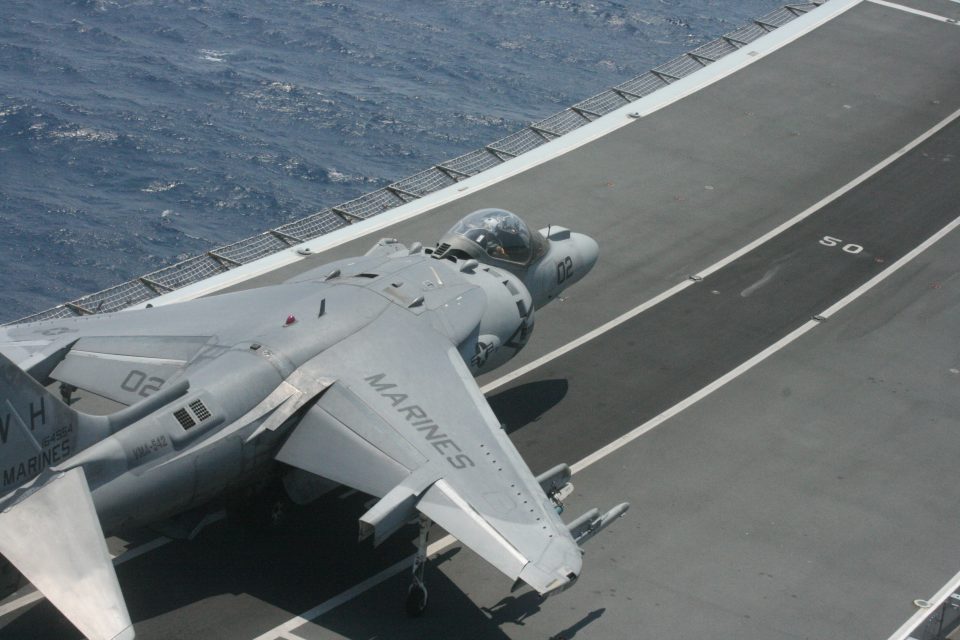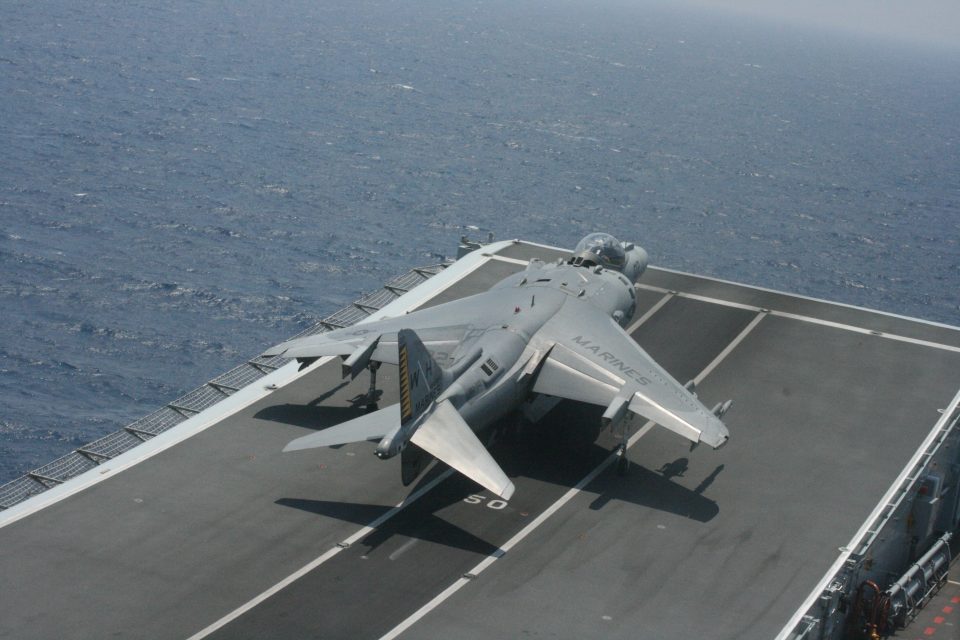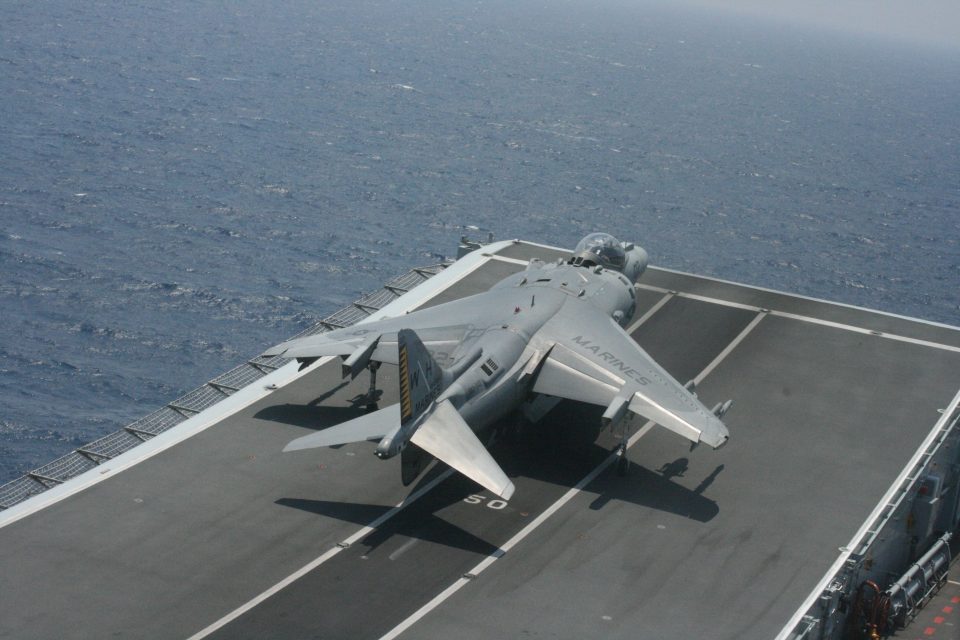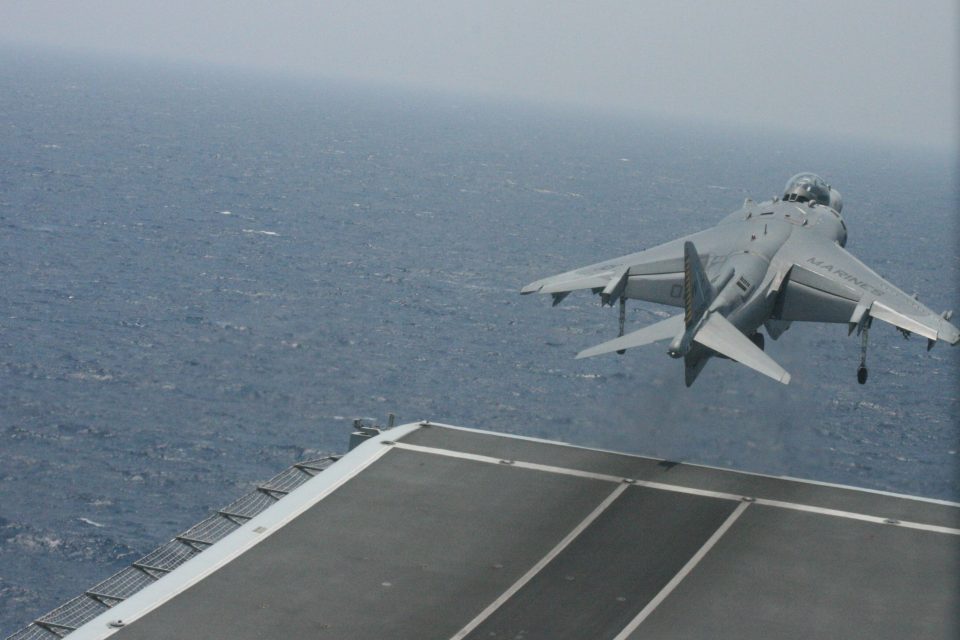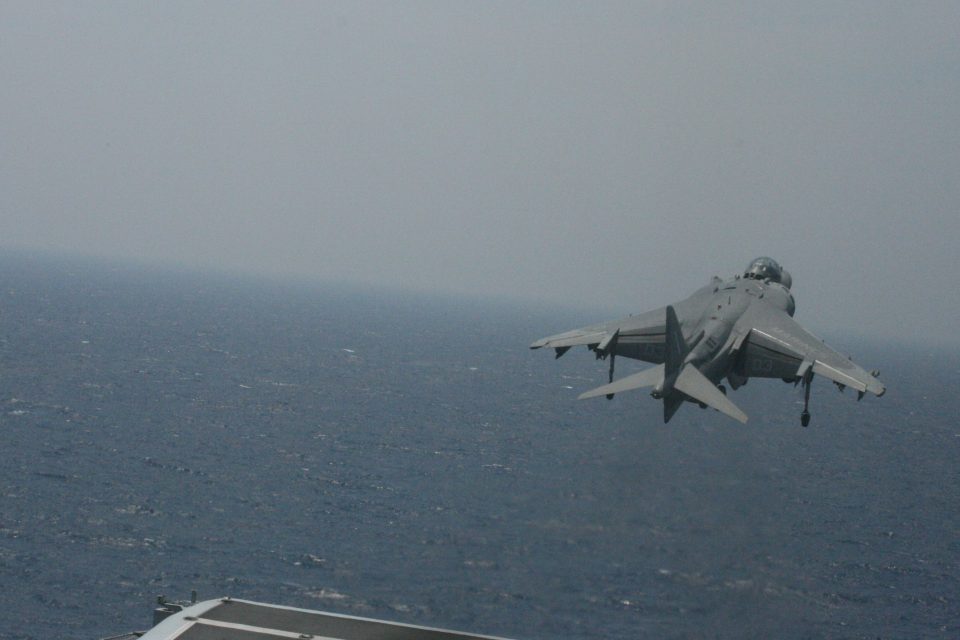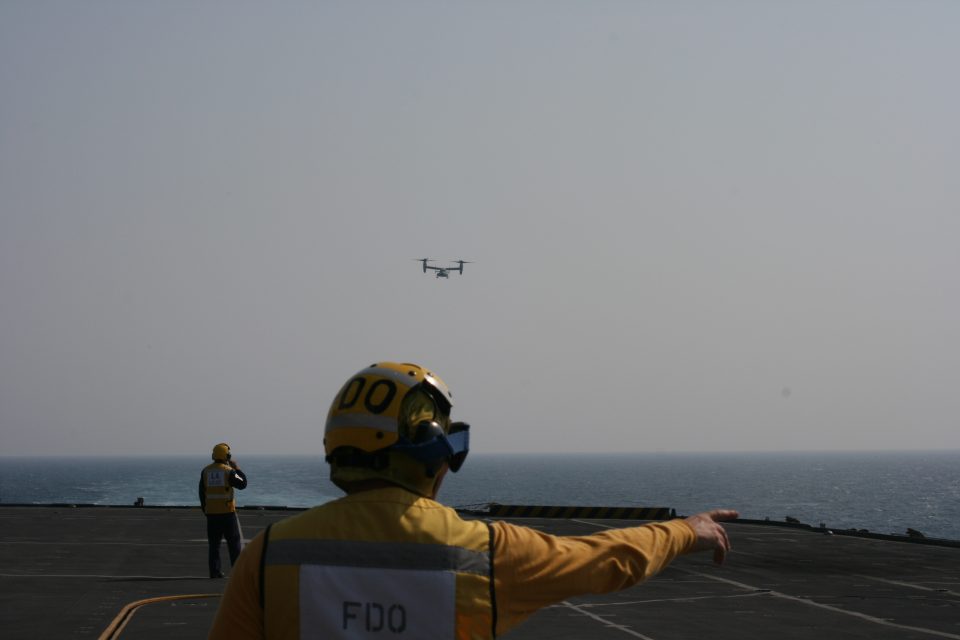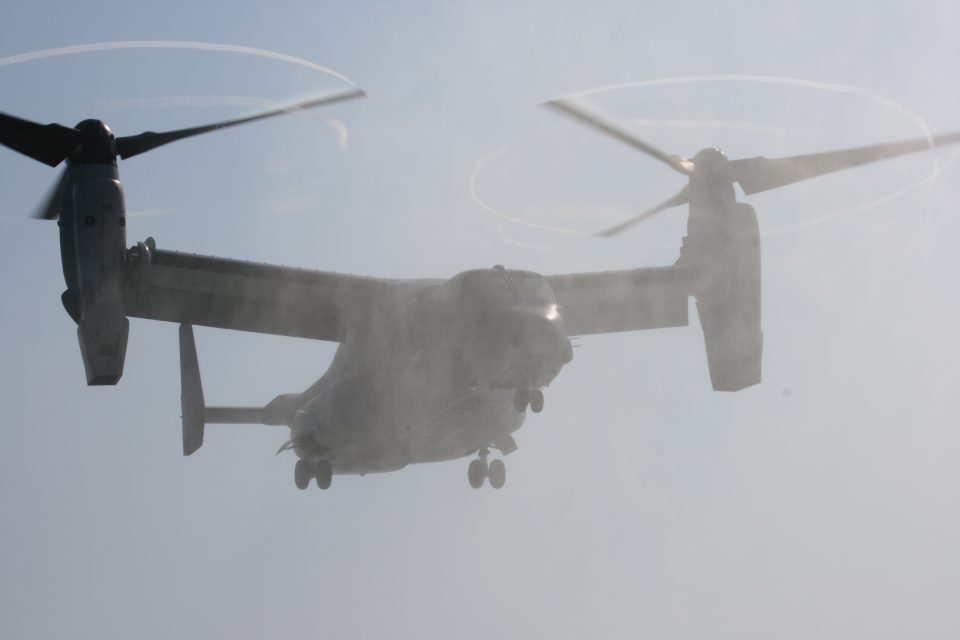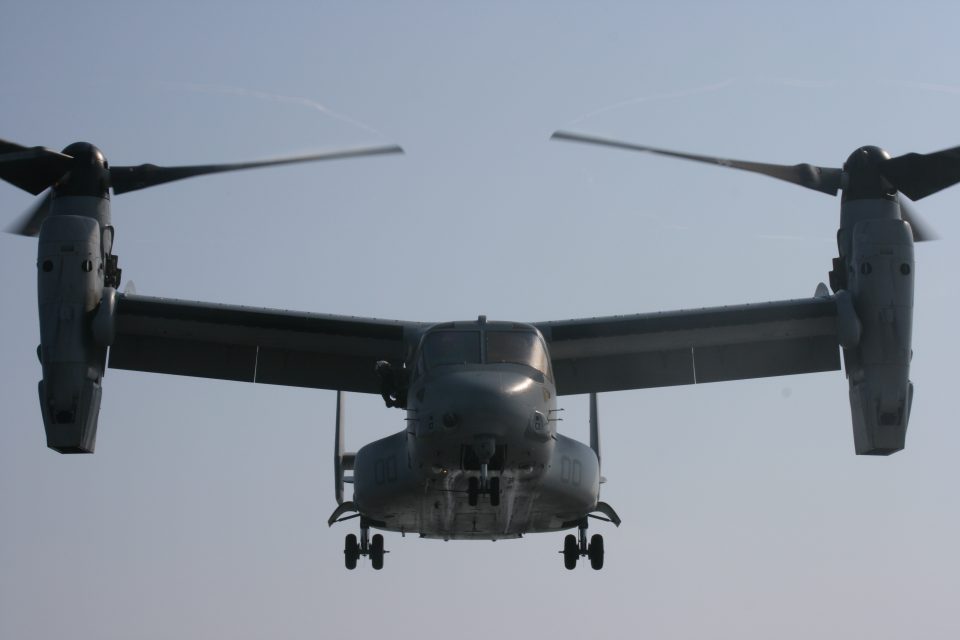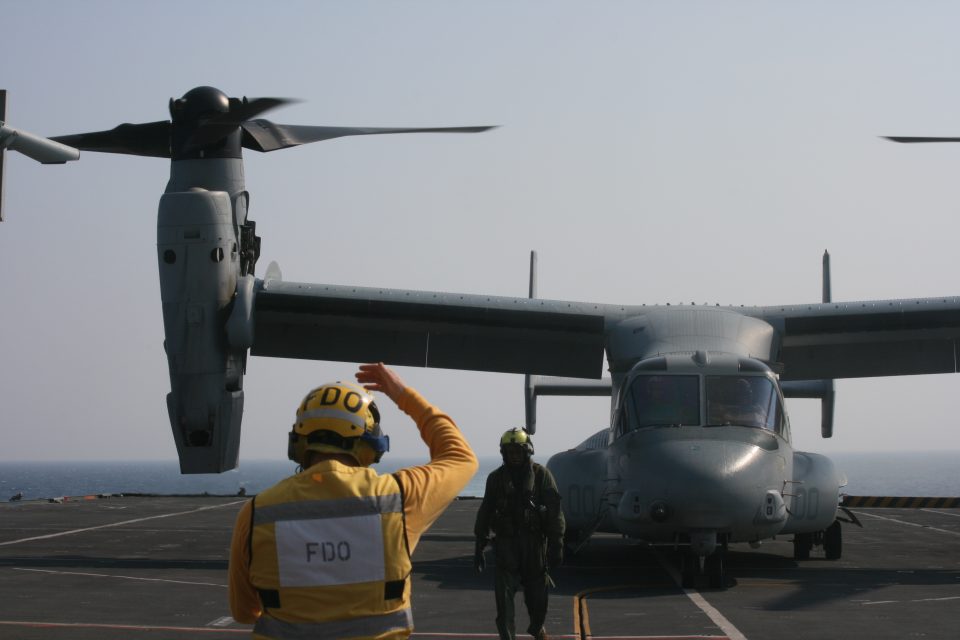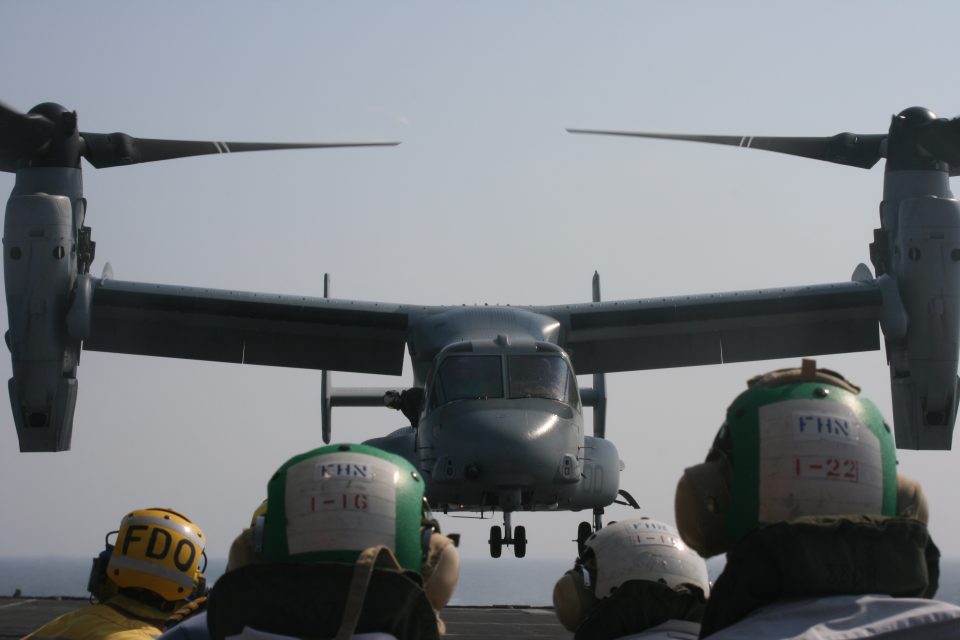by Robbin Laird
Recently, I had the chance to visit RAF Marham and to interview Air Commodore Bradshaw who was appointed as Lighting Force Commander, Royal Air Force Marham in April 2017.
In looking through his background, I found that we had something in common. We both had been onboard the HMS Illustrious.
Air Commodore David Bradshaw is a fast jet pilot with almost 3000 hours flying experience of which 2000 hours were in Harrier GR7 / 9 as a front line pilot, Qualified Weapons Instructor and Display Pilot.
He has seen operational service over the Balkans and Iraq, the latter from both land and HMS Illustrious.
As a group captain, he commanded 904 Expeditionary Air Wing (EAW), Kandahar, followed by RAF Leeming and 135 EAW. Staff roles have included: Group Captain Lightning; Assistant Director (Integration) within the Directorate of Equipment Capability, Deep Target Attack; Chief-of-Staff Strategy within the Air Staff; and as the MoD member of the Prime Minister’s Strategic Communications Team during the 2011 NATO intervention in Libya.
Air Commodore Bradshaw assumed command of the UK Lightning Force in spring 2017 and is responsible for generating an Initial Operational Capability in 2018 with an embarked operational capability from HMS Queen Elizabeth in 2020.
His role was obviously both different and more significant than mine, but my visit in 2007 was at the end of the line of the ship and was being populated with USMC Ospreys and Harriers in a training exercise off of the Virginia coast.
It has only been a decade since then but with the coming of the HMS Queen Elizabeth, again off of the Virginia coast this year, we are marking a significant way forward for both the Royal Navy and for the F-35 program.
Here is my most recent look at the 2007 visit to HMS Illustrious.
03/25/2015
By Robbin Laird
In 2007, the HMS Illustrious was the first non-US ship on which an Osprey was to land.
I had the opportunity to be aboard one of those Ospreys and land on the ship and observe Marines working with the Royal Navy and operating their Harriers off of the jump-jet carrier as part of their training effort.
At the time British Harriers were operating in Iraq and not aboard the ship itself.
These photos show the Osprey and USMC Harriers operating aboard HMS Illustrious in the 2007 training exercise and are credited to Second Line of Defense.
The final photo is credited to the Royal Navy and was shot when in September 2013, the Osprey landed again on the ship.
According to a Royal Navy story published in 2013:
Six years ago HMS Illustrious became the first non-US ship to fly an Osprey and was pleased to welcome one back on board with it completing a total of four deck landings.
Piloting the US Marine Corp aircraft as it landed at dusk was a Royal Navy Lieutenant – Alan Wootton – a former Army Air Corps pilot who transferred to the Royal Navy as a Lynx pilot.
Al is on a three year exchange with the US Marine Corps and flew with co-pilot Captain Goudy of the United States Marine Corps.
Lieutenant Commander Nigel Terry, deputy head of HMS Illustrious’ Flight Department was also on board when the Osprey visited in 2007.
He said: “Opportunities like this present an invaluable opportunity to continue to grow our ability to work together with other nations.
This is absolutely essential in modern naval operations.
“It allows us to grow our understanding of our different procedures as well as providing valuable training for our deck crews…..”
Until recently, USS Kearsarge had three Royal Navy aircraft handlers embarked as part of the Long Lead Specialist Skills Programme.
This programme seeks to retain and develop the specialist skills required to operate the Royal Navy’s new Queen Elizabeth Class Aircraft Carriers which are under construction at Rosyth dockyard.
Three US Marines and six US Navy personnel also visited HMS Illustrious during the rendezvous.
HMS Illustrious is currently part of the Response Force Task Group deployed on Cougar 13 operating in the Mediterranean, Red Sea, Persian Gulf, and Horn of Africa.
It involves exercising with partner nations, and will show the UK Armed Forces’ capacity to project an effective maritime component anywhere in the world as part of the Royal Navy’s Response Force Task Group as commanded by Commodore Paddy McAlpine.
Recently, in an interview at Camp Lejeune, Major General Simcock, the CG of 2nd Marine Expeditionary Brigade, spoke of the importance of evolving a global amphibious fleet, where Marines need to train and be able to work with allies and partners off of their ships as well US Navy ships.
Clearly, the kind of relationship the UK and the US has evolved is an example of this.
With the coming of the USS America, and the revitalization of the large deck amphibious ships with the twin operations of Ospreys and F-35Bs, there is a clear opportunity to expand those relationships with foreign warships, which can either operate the Osprey or the F-35B.
And with the British building the largest warship they have ever built coming on line in the period ahead, opportunities for shaping USN-USMC and British collaborative con-ops will go up as well.



